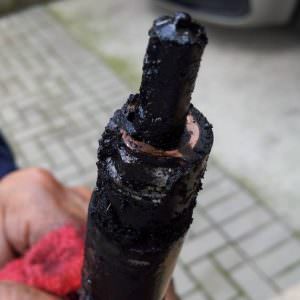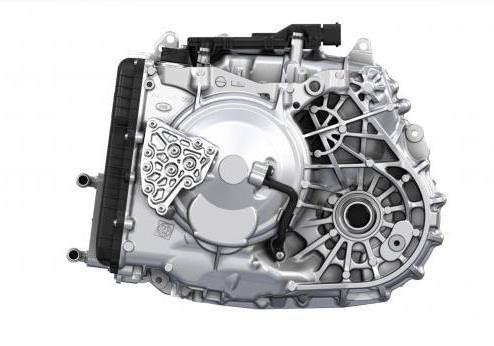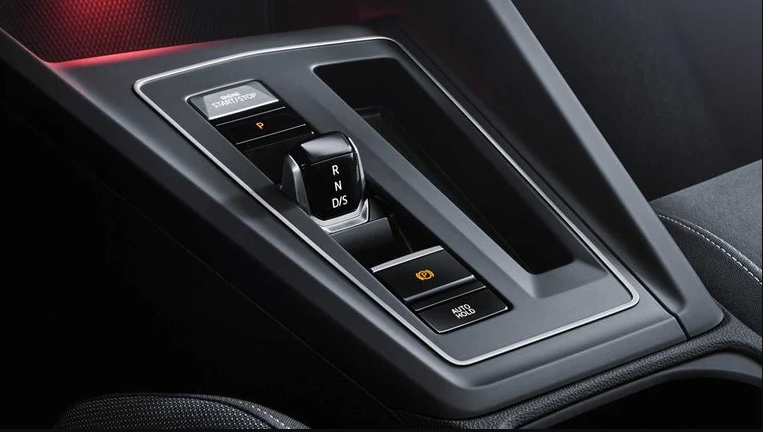The automatic gearbox is an essential component in motor vehicles that autonomously manages gear ratio selection, eliminating the need for driver intervention.
This type of gearbox is designed to offer greater comfort, freeing the driver from the task of changing gears according to speed.
Automatic gearboxes can be divided into several categories:
Automatic transmission with torque converter: This type of gearbox uses a torque converter to transfer engine power to the gearbox. This device utilises the flow of fluid between a pump and a turbine to carry out the transmission of power. The torque converter allows the car to remain stationary even when the engine is idling, making starts smoother.
Automatic robotized gearbox: The robotized gearbox is a variant of the traditional mechanical gearbox, in which the clutch and gear change are controlled by electronics. This type of gearbox offers an imperceptible gear change, with a slight drop in engine speed. Over the years, considerable improvements have been made, such as the addition of a clutch to prevent the car from slipping and a parking function.
Continuously variable automatic transmission (CVT): This type of gearbox relies on a pair of pulleys and a belt. The pulleys vary according to engine speed, allowing the engine to constantly operate at maximum torque, improving fuel efficiency. Unlike other automatic transmissions, the CVT simulates true gear ratios through electronics.
Dual-clutch automatic transmission (DCT): This type of transmission uses two separate clutches for odd and even gears, and is designed for sporty use with extremely fast gear changes. Engagement takes place in fractions of a second, making this transmission reliable in terms of emissions and fuel consumption.
Advantages of the automatic transmission:
-
Improved ride comfort: The main advantage is the comfort offered by this transmission, especially in the city, where frequent acceleration and braking do not fatigue the driver.
-
Ease of use: No need to manage the clutch, just accelerate and brake, simplifying driving.
-
Increased security: The driver never has to take his hands off the steering wheel to change gear.
Disadvantages of the automatic transmission:
-
High cost: Purchasing a vehicle with an automatic transmission can be more expensive than one with a manual transmission.
-
Complex maintenance: Maintenance requires more complex and expensive work, including oil changes to prevent premature wear.
Mistakes to avoid with automatic transmission:
- Put the moving vehicle in neutral.
- Stop the car before changing gear.
- Put in neutral in traffic.
- Put in P before the complete stop.
- Do not put the handbrake on (the car is stationary by putting it in P).
Gearbox remanufacturing:
Gearbox remanufacturing involves the complete restoration of its efficiency. This process includes checking and replacing worn components, calibrating the parts, lubricating and treating the outer surfaces. The time required for proper remanufacturing is usually 10-12 days, taking into account the order and delivery of the components.
In conclusion, the automatic transmission offers numerous advantages in terms of comfort and safety, but requires more attention to maintenance. By avoiding common usage errors and opting for regeneration when necessary, you can keep your automatic transmission in top condition for a trouble-free driving experience.








